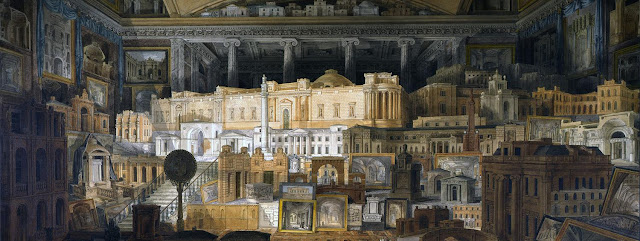THINKING OUTSIDE THE BOX: PAPER TOYS TO COMMUNICATE SCIENCE
Over the past few months we've been working on a collaborative project for Leeds Creative Labs, a pioneering programme by University of Leeds's Cultural Institute that aims to harness the skills and talents of University of Leeds academics and creative professionals, to spark fresh ideas and make surprising connections.
We have had a long-term interest in paper toys as a powerful tool for
communicating science, architecture and engineering within our public
engagement activities. Toys have been traditionally used as educational devices
and avant-garde art for children and adults.
“Toys are not really as innocent as they
look. Toys and games are precursors to serious
ideas.” Charles Eames.
One such toy is the Dutch Perspective Box: an optical device containing
a painted scene of an interior space. An eye hole in the side of the box
provides an intimate view into what appears to be a three-dimensional
architectural space that the viewer can inhabit. The Dutch Perspective Box is
considered to be the 17th Century precursor to contemporary virtual reality.
There are two alternative views into the room via two eyeholes on the left and right hand side of the box. The box uses anamorphosis techniques (distorted visual projection), which perfectly represents the experience of looking into nanoscale worlds that researchers at the University of Leeds described as being a voyage through rooms.
Looking through a red, green or blue theatre light filter makes one of the images more prominent then the other, such as this example that shows the print viewed through a red light filter. This technique creates an animated space within the box that can tell multiple stories through scene changes.
We would like to thank the kind support from the Cultural Institute: University of Leeds and the Bragg Centre for Materials Research: University of Leeds.











Comments
Post a Comment